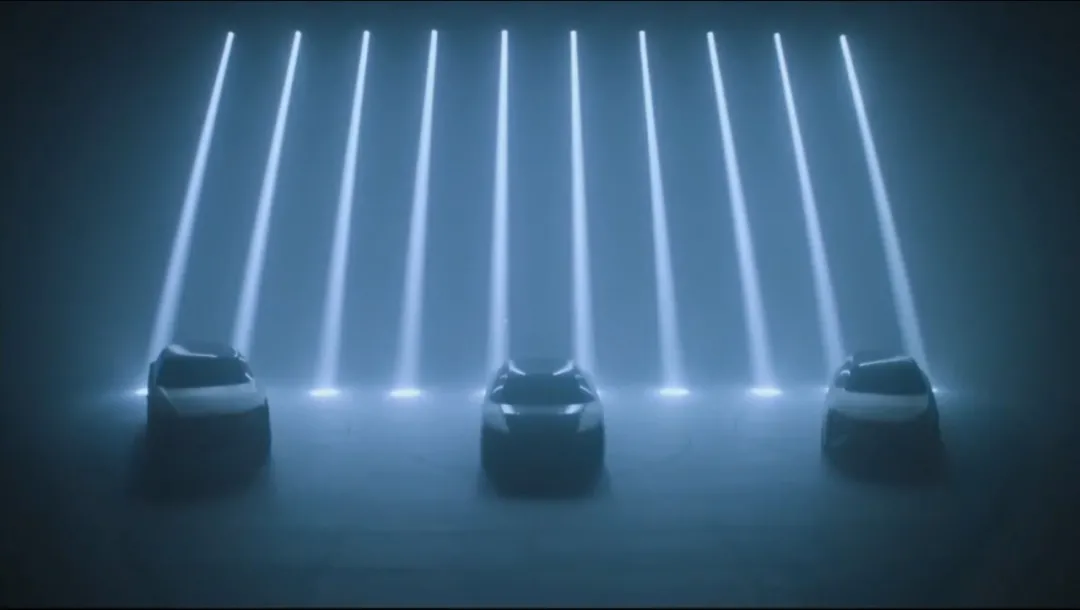Honda Reveals its Electric Transformation Strategy and “e:N” Brand
Author: Zi Li from Tiexi District
On October 13th, Honda held an online event to unveil its electric transformation strategy and the “e:N” brand. The company also introduced five models including two production models, the e:NS1 (produced by Dongfeng Honda) and the e:NP1 (produced by Guangzhou Honda), which are scheduled to be launched in Spring 2022, as well as three concept cars: the e:N Coupe concept, the e:N SUV concept, and the e:N GT concept, with plans to release production versions over the next five years.
Honda also announced a timeline for its electric transformation strategy, aiming for electric and fuel cell vehicle sales to reach 40% of its total sales by 2030, 80% by 2035, and 100% by 2040. In the Chinese market, all models will be electric or hybrid after 2030, and no new fuel-powered vehicles will be released.
As the saying goes, “The best time to plant a tree was 10 years ago. The second-best time is now.”
Honda may have missed the prime time for electric transformation, but at least they haven’t missed the second-best time. Now they have planted the tree and are looking forward to its smooth growth. Of course, the quicker, the better.
More Means Less
This was an information-dense event. Concerning the e:N brand, Honda firstly introduced the pure electric architecture, “e:N Architecture”, which is divided into two structures: e:N Architecture F for compact and mid-size vehicles with front-wheel drive, and e:N Architecture W for mid-size and large vehicles with four-wheel or rear-wheel drive.
Honda emphasized that e:N models will provide a Honda driving experience that is even better than that of fuel-powered cars. They ranked this commitment as one of the three major advantages of the e:N brand. This is not unique; previously, Porsche, Ford, and other traditional brands promoting EV products have all promoted the driving experience as a core advantage. It’s a classic example of “When you have a hammer, everything looks like a nail.”
The other two advantages that Honda emphasized are intelligence, including the Honda SENSING intelligent driving assistance system, Honda CONNECT, and the e:N OS system composed of intelligent digital cockpits; and design, which doesn’t need further explanation. Just take a look at the cars below:
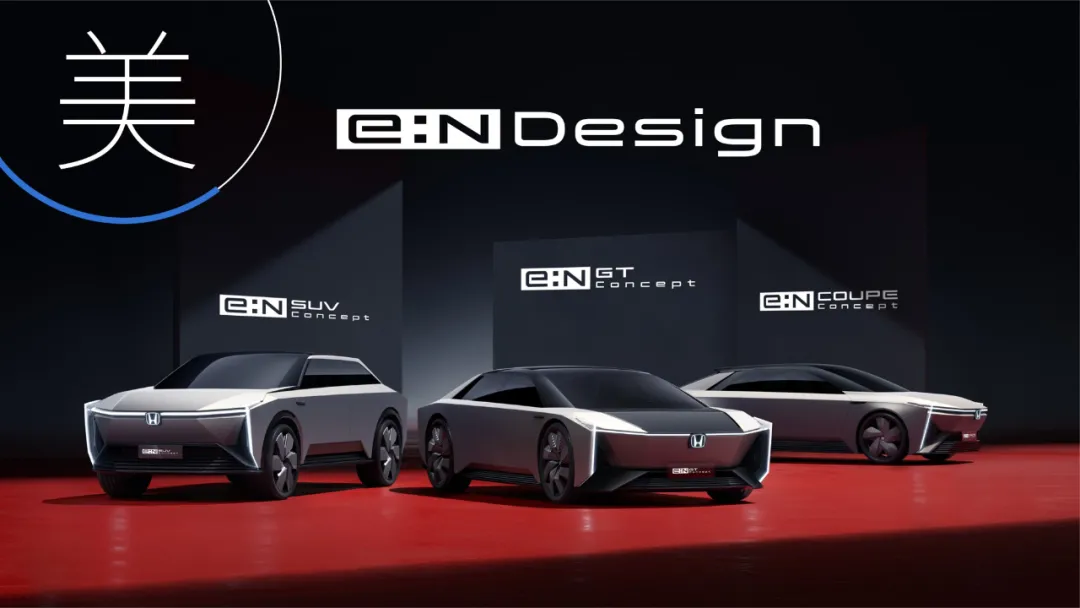 The real highlight of the press conference is undoubtedly the five car models. However, to be frank, the weight of these models may not be very significant. The reason is simple: we all know that the truly heavyweight models that appear at press conferences are usually just one, and the conference is held solely for that model. If too many car models are released at a conference, the number of models released often inversely correlates with the importance of each individual model.
The real highlight of the press conference is undoubtedly the five car models. However, to be frank, the weight of these models may not be very significant. The reason is simple: we all know that the truly heavyweight models that appear at press conferences are usually just one, and the conference is held solely for that model. If too many car models are released at a conference, the number of models released often inversely correlates with the importance of each individual model.
Honda’s five car models released this time include three concept cars, which, due to the online format of the conference, look heavily specialized. As for the two production models e:NS1 and e:NP1, they are in fact twins on the same platform, which means they count as one. Moreover, they are not the most anticipated one.
e:NS1 and e:NP1 are essentially the oil-to-electric versions of the Vezel. The enclosed front end design of these two EVs is quite interesting, with clear outlines of the air intake grille, which seems like a closure for electrification. It’s like ordering a high-end suit and asking for a tuxedo collar, only to find out that the master tailor forgot it and sewed a tuxedo collar onto a regular collar instead. It’s a tuxedo-collar suit, but it just doesn’t quite look right.
Honda did not adopt a sufficiently stern attitude towards electrification, just like all the other Japanese carmakers. Although they did not show as much resistance as Toyota, they were still slow. To put it simply, when Volkswagen developed the ID series, Porsche developed the Taycan, and Ford developed the Mach-E, Honda and Toyota were still busy snatching up market share in the fossil fuel car market, so they didn’t spend too much time on transformation.
Therefore, now Volkswagen and Ford have their ID series and Mach-E models, while Honda can only present oil-to-electric vehicles for now. This is fair; there is nothing more fair than time in this world.
However, it is not easy to catch up in a short period of time. Previously, Honda agreed to cooperate with General Motors to develop pure electric car models, with the latter providing its Ultium platform and electric drive technology while Honda is responsible for the design and tuning of the models. Moreover, according to the media, the Honda Architecture platform will not release products until after 2025.
But does that mean that e:NS1 and e:NP1 are just two ordinary oil-to-electric vehicles? Not necessarily. It should be noted that the Japanese manufacturing industry has its unique way of doing things:
First of all, they have an incomprehensible obsession with outdated technology. You may not know that when DVD players and VCD players began to be popular worldwide, the VCRs produced by Japan were already smart enough to automatically skip ads.
Secondly, their attitude towards new technology is unique. The pace of progress in the Japanese manufacturing industry may not be the fastest, but their products are always mature and can easily occupy a place in the market. Apple has taken this principle even further, making us overlook the fact that Japanese companies are the same.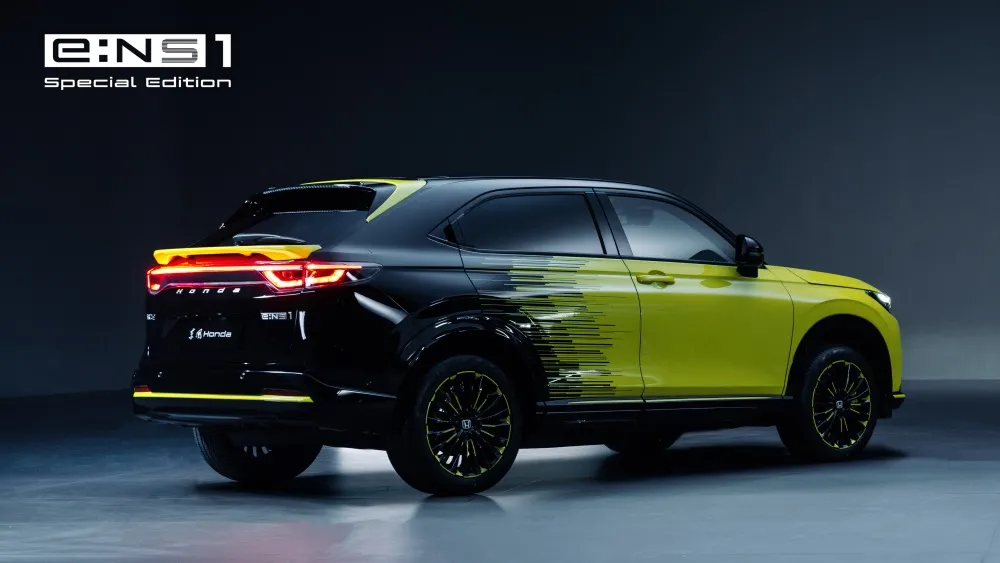
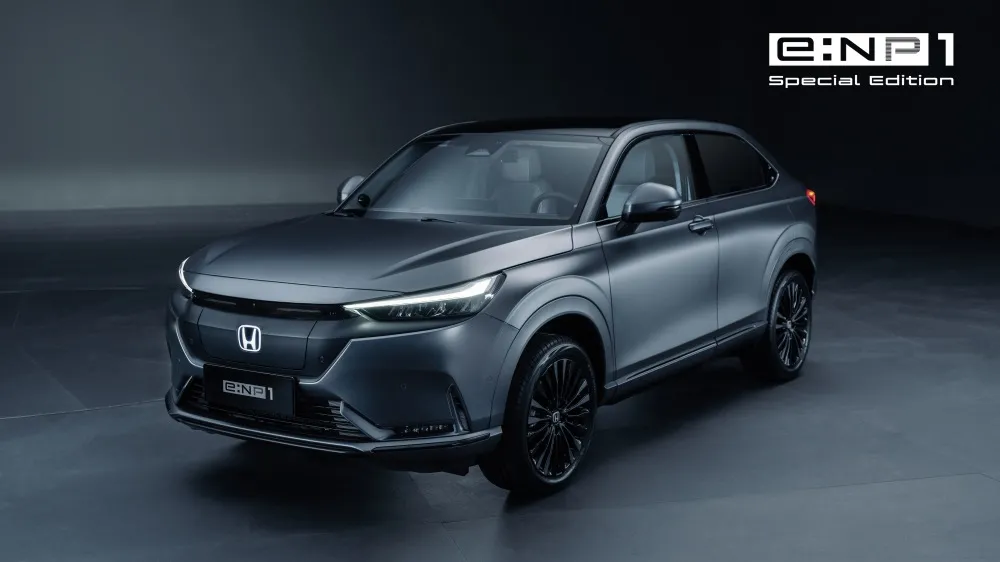
When it comes to specific models such as the e:NS1 and e:NP1, there is currently no visible evidence to demonstrate how mature they really are. However, from Honda’s attitude during the press conference – “This is the EV”, “We will rock you”, “Overwhelming performance” – it is apparent that, like any manufacturer presenting their own products, Honda has a certain level of confidence in its products.
To put it another way, the switch from oil to electric power is not as straightforward as one might think, and some of the products that come out of purely electric platforms are not so great.
The Leader of the Pack
This electrification conference by Honda carries more symbolic significance than practical implications. Since once a company publicly declares its strategic direction, the momentum of the entire organization tends to follow suit. By taking a stand right now, Honda has effectively declared its position as the leader of Japan’s traditional car manufacturers in the field of transformation.
If we look back a few years, it seems that this position should belong to Nissan. For a long time, the Leaf had the highest cumulative sales volume among EVs, to the point where every time a supporter of Tesla said something, they could hear traditional automaker supporters countering with the Leaf, causing quite the uproar. At the 2018 Beijing Auto Show, Nissan unveiled a fully refreshed lineup for new energy vehicles on the media day, Its posture at the time even exceeded that of a mere leader in Japan’s transition, it represented a radical reformer in the whole traditional automaker camp. Unfortunately, after the Ghosn incident in 2018, Nissan fell into turmoil, and it seemed that all of its energy was focused on maintaining market share. Could the electrification transformation be an important component, or a highly correlated trigger of the conflict between Nissan and Ghosn? This possibility cannot be ruled out.
And Toyota, on the one hand, keeps talking about its expectations for transformation and its most fruitful achievements in new energy, while on the other hand, it clearly opposes the direction of electrification (Akio Toyoda recently again slammed the Japanese government’s plan to ban sales of gasoline cars), and while pretending to be enthusiastic, it is actually insincere in its efforts to promote FCVs, as if it plans to sell gasoline cars for another 500 years. Clearly, it is not to be relied upon.
What this statement from Honda means is one more layer of significance: standing on the opposite side of Toyota, which doesn’t lead the way in transformation, Honda has become the leading figure in Japan’s electric transformation.
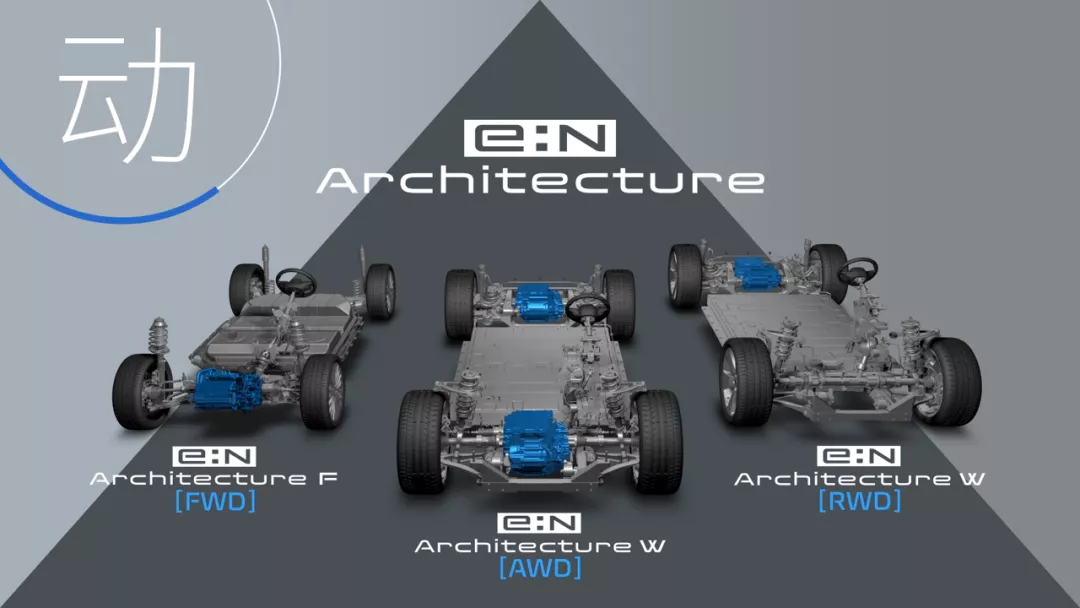 For a long time, people have been saying “Liang Tian” out loud, in fact, everyone knows that Toyota is the number one Japanese brand. But what about the future? Honda is proving that they are not a timid and profit-only old owner. Supporters of Honda’s gasoline cars may not have realized it yet, but they will understand in the future that this Honda is the one that fascinates people. After all, the charm of Honda lies in control, not oil.
For a long time, people have been saying “Liang Tian” out loud, in fact, everyone knows that Toyota is the number one Japanese brand. But what about the future? Honda is proving that they are not a timid and profit-only old owner. Supporters of Honda’s gasoline cars may not have realized it yet, but they will understand in the future that this Honda is the one that fascinates people. After all, the charm of Honda lies in control, not oil.
This article is a translation by ChatGPT of a Chinese report from 42HOW. If you have any questions about it, please email bd@42how.com.
